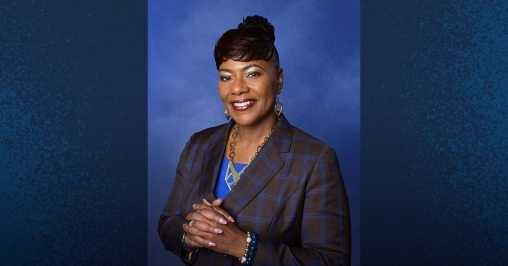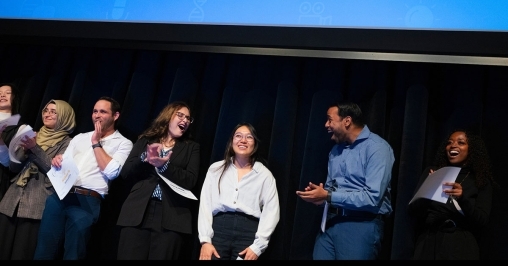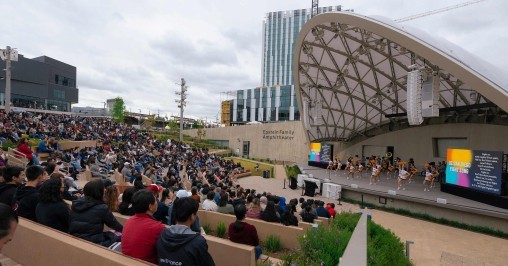Former US Vice President Al Gore to Serve as UC San Diego Commencement Speaker
Campus NewsThe University of California San Diego has announced that climate advocate and former U.S. Vice President Al Gore will serve as its 2024 All Campus Commencement speaker.
























